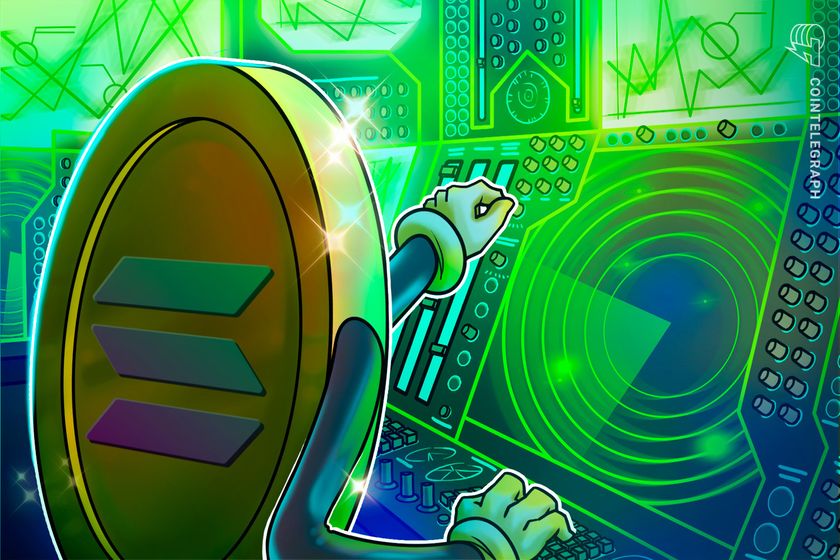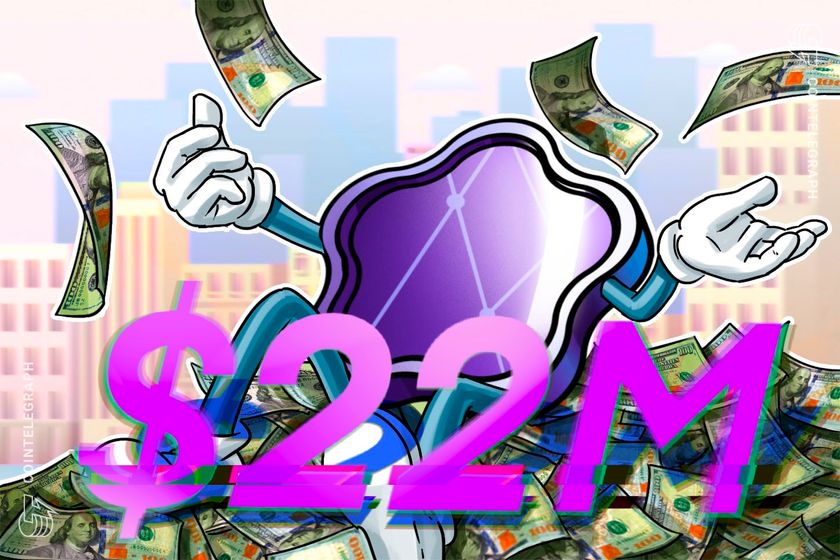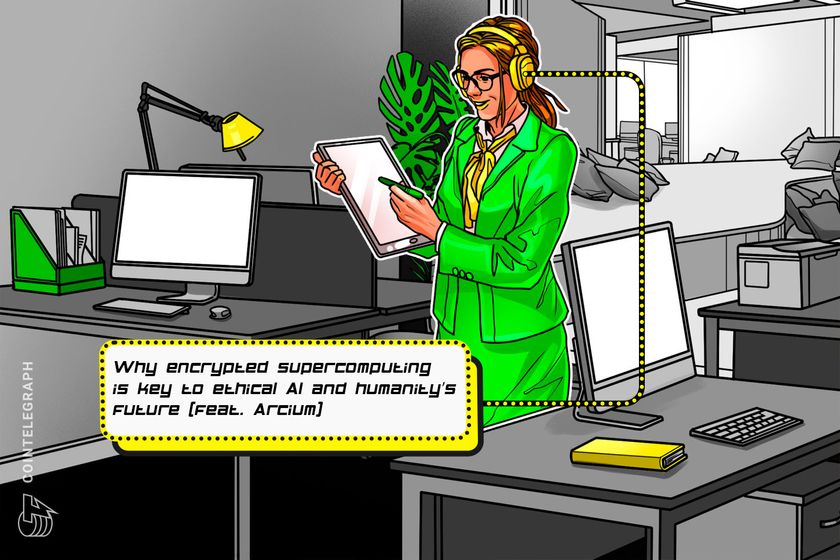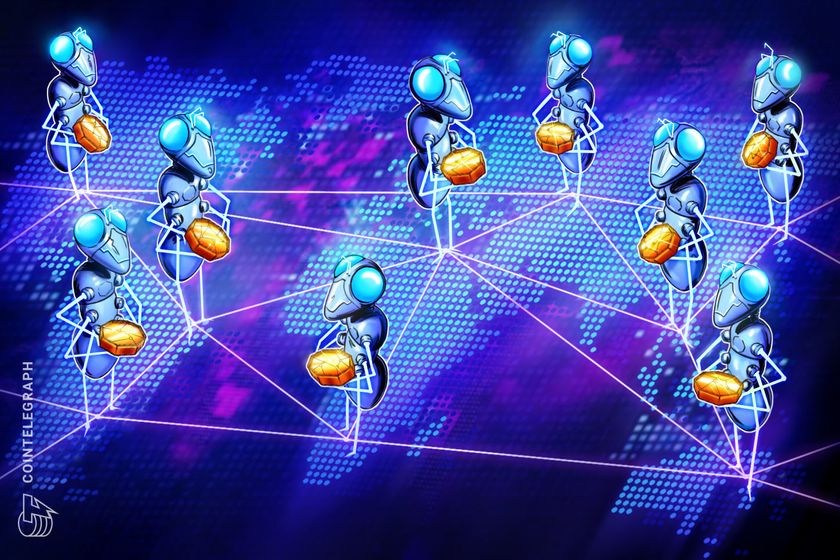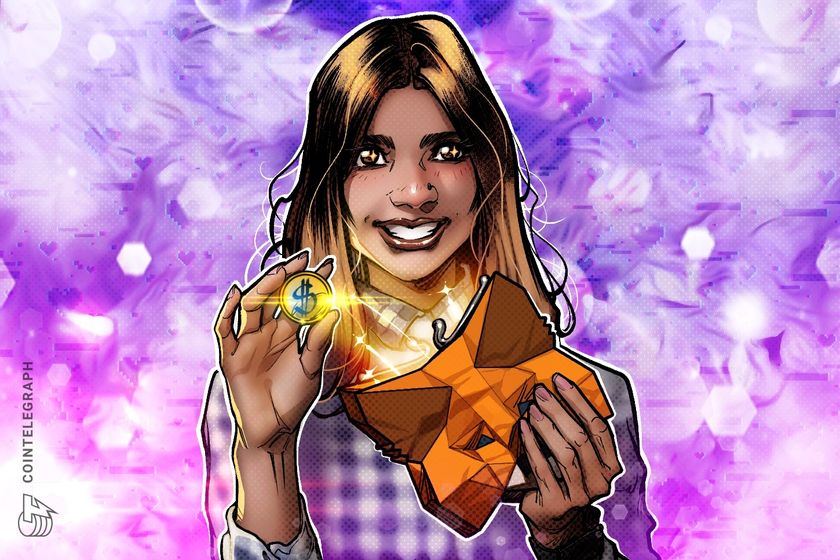
Luna token price is soaring, but is the network’s growth sustainable?

The last few months have seen Terra and its associated cryptocurrency LUNA surge in popularity. Is there more to this exponential growth than meets the eye?
Terra, an open-source blockchain platform for algorithmic stablecoins, has been on fire over the last half-year or so. The value of its native crypto asset Terra (LUNA) has risen from $24 to over $100 during the last six months, placing it in the top 10 cryptocurrencies by market capitalization.
And, even though LUNA has showcased minor corrections here and there, the currency and the Terra project, in general, have continued to grow from strength to strength. To this point, on March 4, LUNA flipped Ether (ETH) in terms of total staked value, with $29.5 billion worth of LUNA being locked up within the platform compared to ETH’s $25.9 billion.
Furthermore, Terra’s native data show that the ecosystem currently has over 230,000 stakers, making it the second-most staked crypto asset with more than four times the number of those staking ETH at 54,768. Lastly, in terms of its annual staking rewards, LUNA touts an average annual yield of around 6.62%, while ETH fetches 4.81%.
With LUNA up over 350% in the last 12 months, a number of pundits have continued to claim that Terra’s aforementioned growth may not be sustainable. In fact, individuals associated with the ecosystem — both for and against — have placed massive bets in regard to where LUNA will be trading around this time next year.
The $1 million bet that has the Terra community buzzing
With LUNA up over 350% in the last 12 months, a number of pundits have continued to claim that Terra’s aforementioned growth may not be sustainable. In fact, individuals associated with the ecosystem — both for and against — have placed massive bets in regard to where LUNA will be trading around this time next year.
Pseudonymous crypto trader “Sensei Algod” is so bearish on Terra’s token that he recently wagered $1,000,000 that by March 14, 2023, LUNA will be trading at a price point lower than what it was on the above said date at $88. Algod’s proposition was swiftly taken up by Do Kwon, CEO and founder of Terraform Labs, the firm behind Terra, who also put up the same amount claiming that the cryptocurrency will most definitely be trading at a price point higher than $88 by then.
As conversations between the two escalated via Twitter, the duo eventually decided to seek out the services of Cobie, co-host of the crypto podcast UpOnly, who will serve as an escrow agent facilitating the entire agreement. To elaborate, both Kwon and Algod have locked up a total of $1 million each in Tether (USDT) within an Ethereum address labeled “Cobie: LUNA Bet Escrow.”

Kiril Nikolov, head of DeFi strategy at Nexo, a blockchain-based lending platform, told Cointelegraph that while bets like these can gather a lot of attention, they don’t “really matter” in the grand scheme of things. He added that developers will keep on building on Terra regardless of LUNA’s price or if Do Kwon loses the bet.
A similar opinion is shared by Derek Lim, head of crypto insights for cryptocurrency exchange Bybit, who told Cointelegraph:
“I don’t think that we can or should read too much into this. It will be a stretch to think that this wager between private parties can mean anything insidious or bullish. Instead, we should focus on other factors like the sustainability of the project’s yield reserve.”
Daniel Santos, CEO of Woonkly, a decentralized finance- (DeFi)-based social media network, believes that wagers showcase LUNA’s growing popularity. “The more popular a project is, the more fans and haters it has. One of the haters placed a bet against LUNA and Terra’s founder accepted the bet and why not — it’s that simple,” he told Cointelegraph.
Is Terra’s growth really sustainable?
While on paper, Terra’s rise seems extremely impressive, especially with LUNA flipping ETH in terms of staked value and their number of respective token stakers, Nikolov pointed out that there’s a major difference in the staking model of the two projects, given the inability of investors to withdraw their staked ETH and its rewards until Ethereum 2.0 is released. “Thus, it’s normal that only a small percentage of all ETH is staked, compared to LUNA,”’ he added.
Furthermore, Nikolov noted that Terra has done a great job in recognizing that liquid staking solutions are needed in order to generate stable and composable demand that can further be used for collateral, adding:
“Once the Eth2 merge is complete, we can expect the percentage of staked ETH to become similar to that of LUNA, with liquid staking solutions such as Lido playing the main role of generating utility of the staked ETH, for example, as collateral).”
Lim believes that Terra’s existing staking yields are quite sustainable, adding that at a very baseline-type level, the staking rewards generated via the system’s Tobin tax and the spread fees from the LUNA/TerraUSD (UST) mintburn swaps are very practical.
Terra’s Anchor conundrum
The Anchor Protocol (ANC), a decentralized lending application built atop the Terra ecosystem currently allows investors in TerraUSD — the platform’s native United States dollar-pegged stablecoin — to accrue an annual percentage yield (APY) of nearly 20%. Theoretically, such high interest rates are made possible by the fact that the deposited stablecoins are pooled and lent out to borrowers to accrue interest.
Also, in order for an individual to borrow UST, they need to post staked tokens including staked LUNA and staked ETH as collateral. When the earned interest and staking rewards are not able to stay in line with the outlined interest rate of 20% — which is the case right now — Anchor is forced to take money from its “yield reserve” to compensate for the gap existing between its total earnings and payouts.
In its current state, Anchor is being manipulated by some savvy users who, over the past few months, have been taking UST loans at an annual percentage rate (APR) of close to 2.5% and then depositing that same sum back into the Anchor protocol to accumulate 20% profits. Thus, there is a major imbalance within this setup because there is more demand for the 20% yields than for UST borrowers.
To help meet these unsustainably high payouts, Anchor has been going through its native reserve pools at a furious pace, as is highlighted by the fact that the protocol’s crypto coffers, between late December and mid-February, shrunk from $70 million to just a little over $6.50 million.
Jack Tao, CEO of cryptocurrency exchange Phemex, told Cointelegraph that even though Anchor’s extremely high yield ratio has helped push the demand for UST and LUNA — with the latter’s value increasing by 60% over the past month alone — the protocol’s current APR may be extremely hard to maintain, adding:
“We have to note that the crypto market is highly volatile and these high yield payouts are definitely hard to sustain in the long run, as much of it may be inflated due to speculation. Now that there’s more UST in existence than ever, there are already critics that believe LUNA won’t be able to sustain its price unless Terra changes its current model.”
Lim, too, believes that Achor’s current APR is pretty unsustainable. He pointed out that the protocol functions just like any other money market. If the yield reserve depletes, the APR is adjusted to a sustainable amount — around 12–15% per annum — which is pretty good for stablecoins.

On a more technical note, he stated that there are four key issues facing Anchor that need to be solved immediately in order for the project to move forward in a sustainable manner. These include deposit growth outpacing borrowing, difference in borrowing and spending ratios to maintain an APR of 20%, the slow rate at which the protocol allows for the addition of new collateral assets and existing friction between Anchor and other blockchain ecosystems.
Nikolov noted that while UST’s fluctuating rate of yield reserves on Anchor is unsustainable, it has allowed the stablecoin to become widely adopted. This is something he believes could play a big role in the asset’s long-term success.
The ecosystem needs to continue maturing
Santos is of the opinion that most projects entering the crypto market — especially the decentralized finance sector — tend to make use of a high APY model to attract investors, even though they know quite well that these inflated return rates are not very sustainable in the long run.
He pointed to Wonderland, a project offering returns in excess of 80,000%, which eventually resulted in the project’s demise. That said, he does not believe the same will be the case with Terra because the platform offers users a number of use cases as well as a high degree of operational functionality, adding:
“Cardano is a good example, with tons of investors jumping on the ADA train over the last year. A big part of the crypto community was saying that Cardano had ‘nothing’ to offer, something that LUNA is now facing with its detractors.”
As we move into a future being driven increasingly by decentralized technologies, it stands to reason that the best way for the sector to grow is through continued maturity. This is to prevent those projects entering the fray from being forced to offer extremely high returns — often bordering on being ridiculous — in order to attract new clients.
Go to Source
Author: Shiraz Jagati

